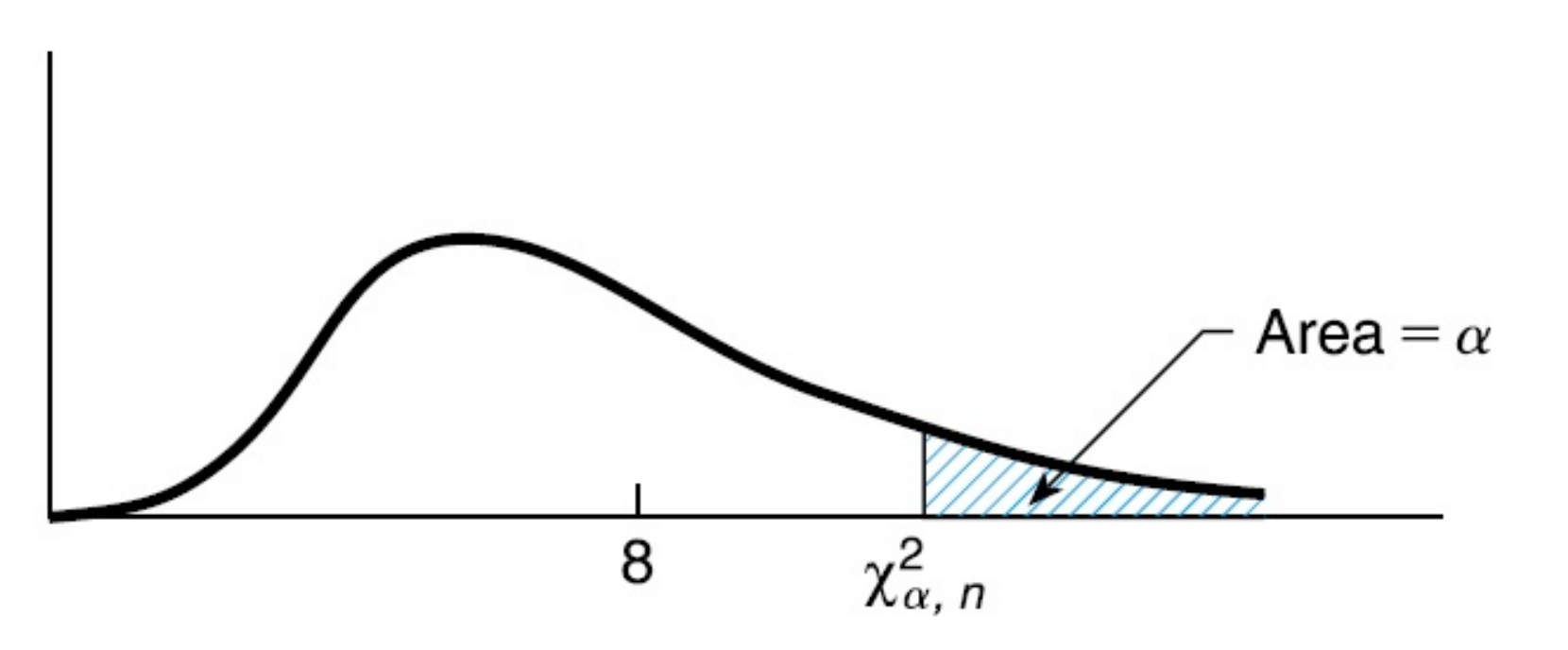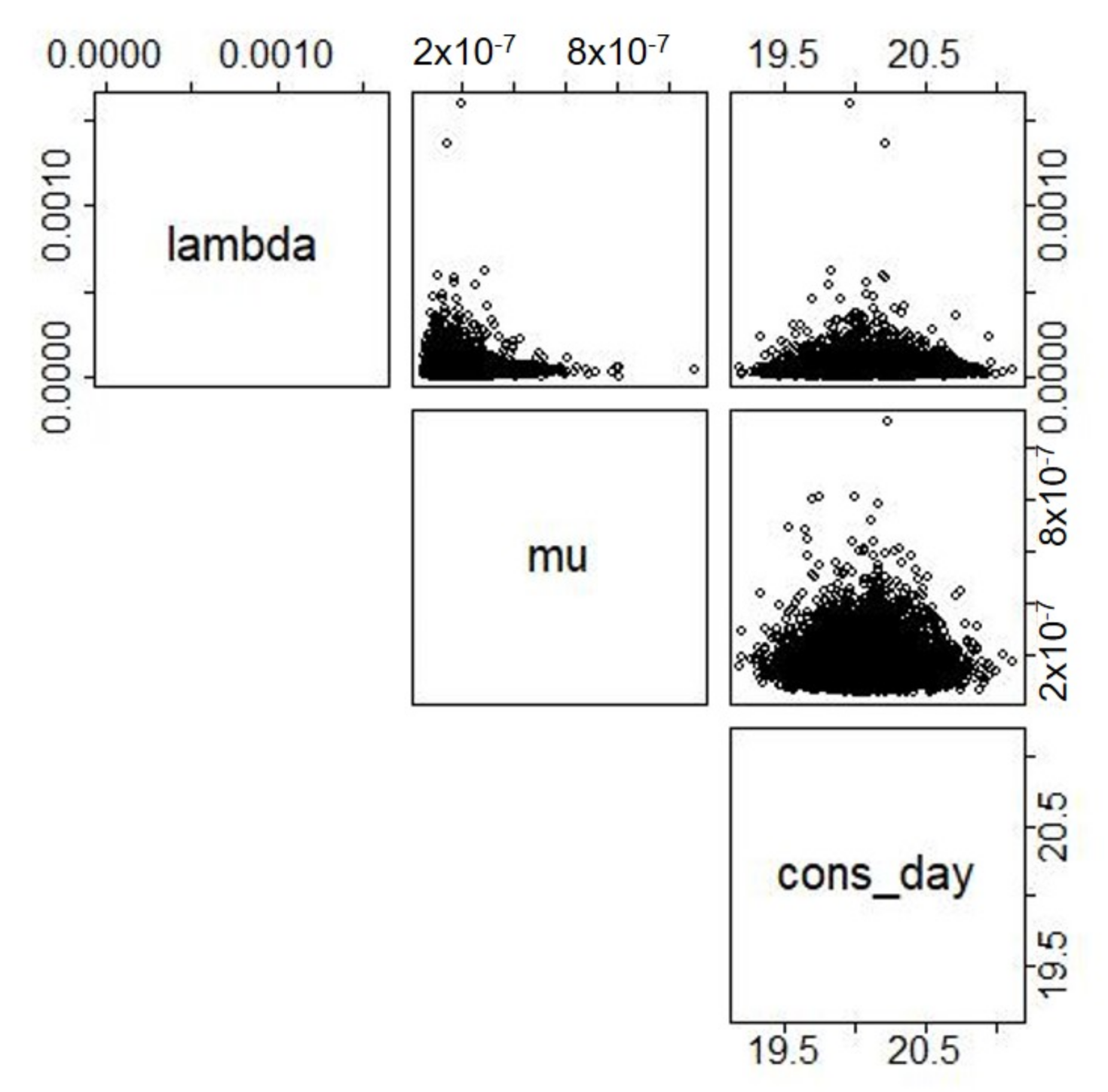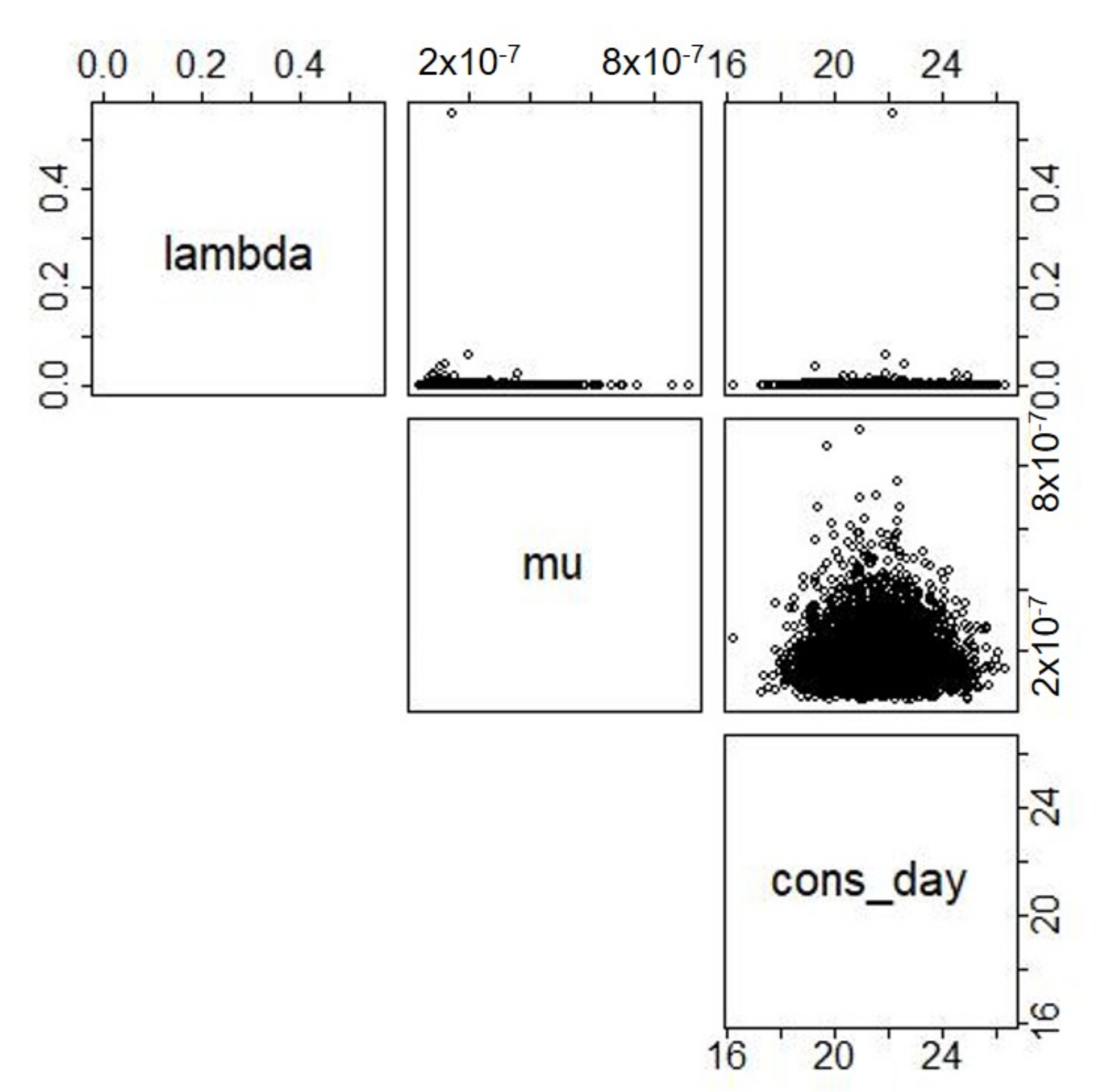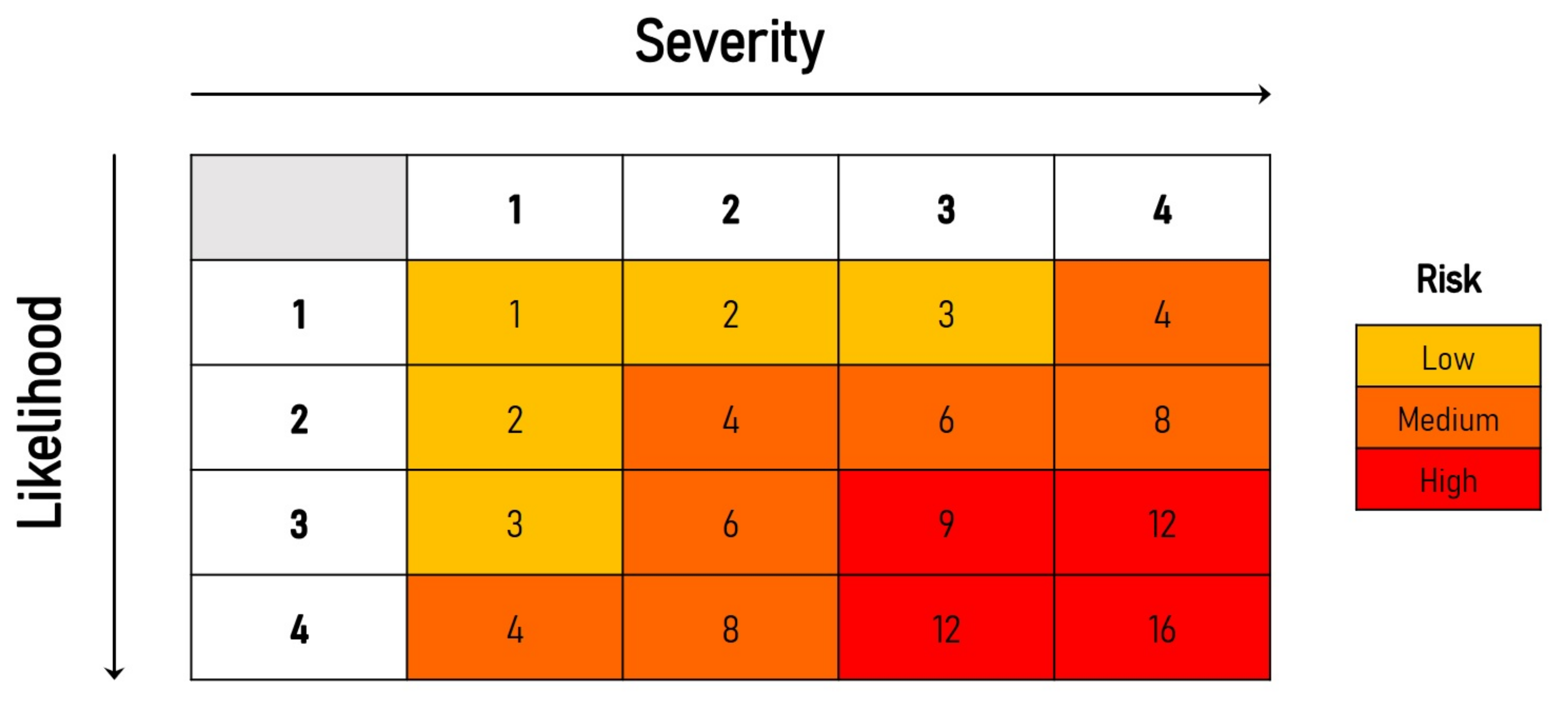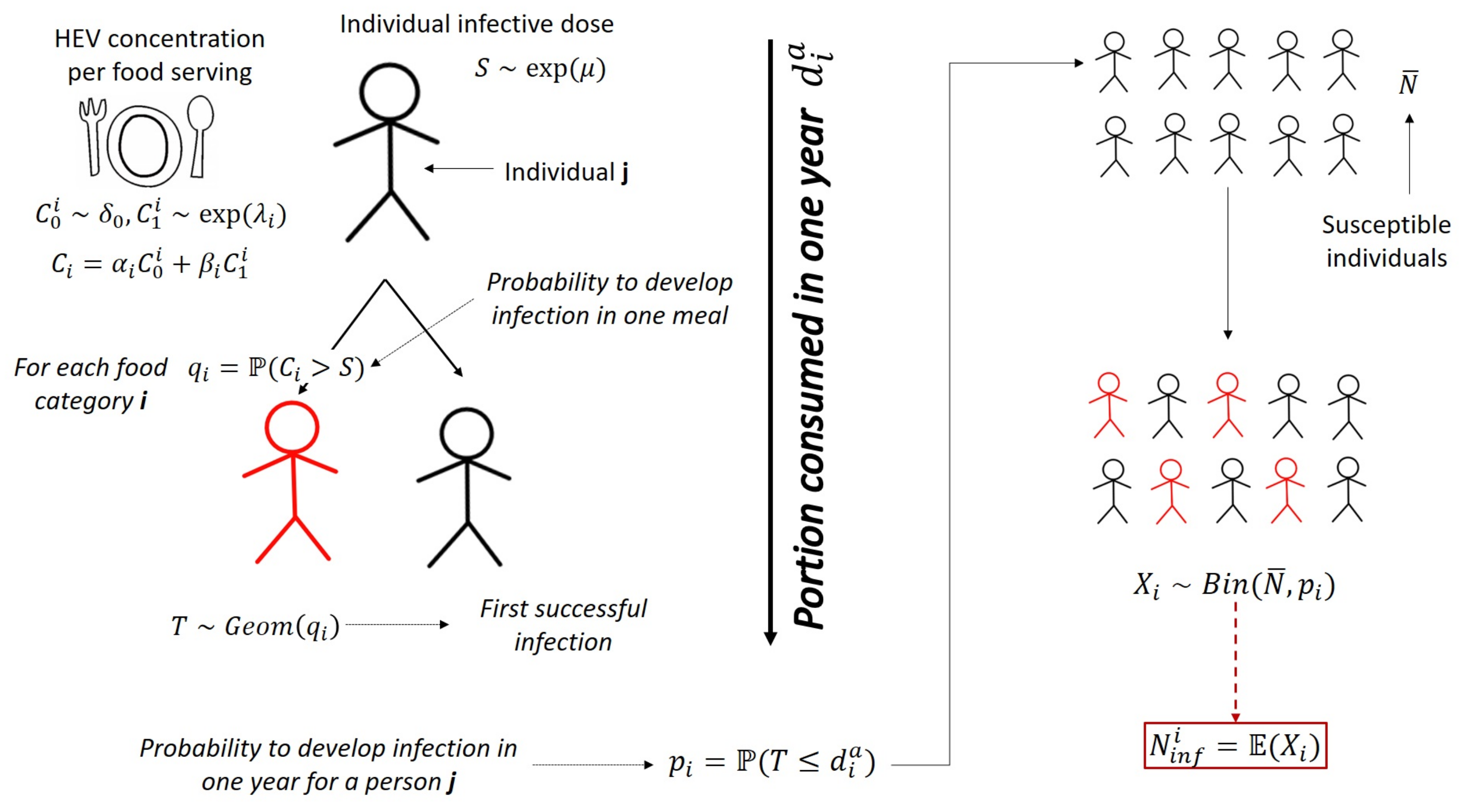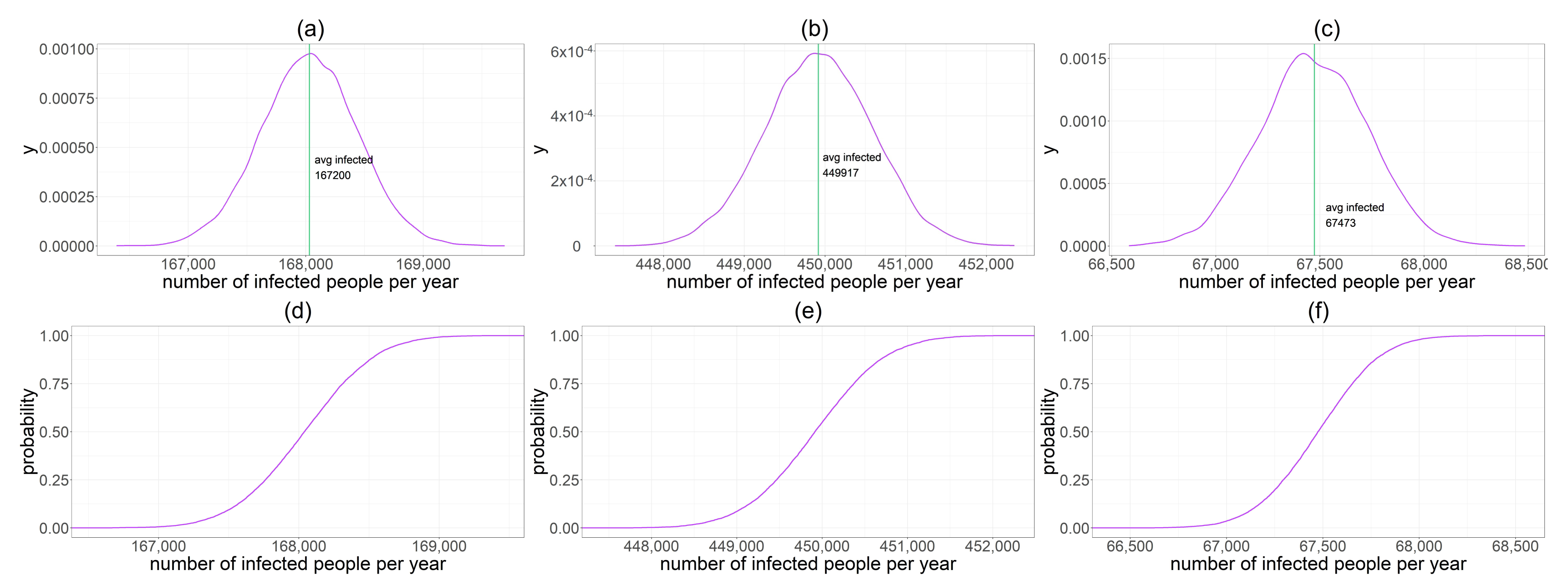1. Introduction
Hepatitis E virus (HEV) is the causative agent of hepatitis E, an emerging disease of worldwide occurrence affecting humans. The clinical course of hepatitis E is frequently asymptomatic. Clinical signs include fever, anorexia and jaundice. Extrahepatic manifestations and serious sequelae, including chronic condition leading to liver failure and death, may occur especially in immunocompromised patients and in the presence of comorbidity [
1,
2,
3,
4,
5]. A major risk for chronic and fulminant hepatitis E is reported for pregnant women, with the possibility of abortion or infant mortality [
6].
For many decades, in Europe and in the USA, hepatitis E was considered a health problem limited to travelers coming back from areas where hepatitis E was endemic [
7,
8]. However, since the early 1990s, autochthonous cases have been increasingly reported [
9]. In Europe and other high-income countries, hepatitis E is considered a foodborne zoonosis causing mainly sporadic cases [
7,
8,
10]. Outbreaks of HEV infection were also occasionally reported in the European Union (EU) [
11,
12,
13]. In the EU, however, surveillance of HEV infection is sparse and not harmonized, hampering the possibility to adequately characterize the epidemiology of hepatitis E, including the accurate identification of the food items implicated in the transmission of HEV to humans.
HEV genotypes affecting humans mainly belong to HEV3 and HEV4. These genotypes are frequently detected in pigs and wild boars, which are considered the main HEV animal reservoirs [
3]. The majority of human cases are attributable to consumption of pork and wild boar meat and products thereof [
2,
14,
15]. Likewise, in Italy, evidence from several studies indicates that the consumption of raw or undercooked pork and wild boar meat is an important risk factor [
14,
15]. Some studies also reported shellfish and leafy vegetables as vehicles potentially implicated in foodborne transmission of HEV [
16,
17,
18,
19]. Evidence is also available of a higher risk for professionally-exposed workers such as veterinarians, farmers and hunters [
20,
21,
22,
23].
Circulation of HEV in farmed pigs in Italy is widely documented [
24,
25,
26,
27,
28]. In the food chain, HEV has been detected in pork foods such as dry and fresh sausages at retail level [
29,
30,
31] but also in shellfish sampled in the production areas or in biomonitoring points [
32,
33], at retail [
34] or in biomonitoring points [
35]. Observational studies conducted in several countries also documented HEV contamination of vegetables and fruits [
18,
36,
37,
38]. HEV RNA was found in sewage and surface water samples, suggesting possible environmental contamination via recycled water [
33,
39,
40].
Understanding the dynamics and transmission of HEV from animal reservoirs to humans and of food contamination is key to reducing the incidence of hepatitis E in the population through the adoption of specific control actions in the food production chain. In recent years, several studies modeled the dynamic of HEV spread along the food chain in different EU countries at both the pre-harvest and post-harvest level, including consumer exposures [
41,
42,
43,
44,
45].
In our study, we developed a mathematical model to rank the importance of various types of food potentially implicated in the transmission of HEV to humans in the adult Italian population (around 50,000,000). The food categories considered in our study are pork products with liver (PL), pork products without liver (PNL), bivalve shellfish (SH), green leafy vegetables (GV) and raw milk (RM).
4. Discussion
The model output shows that the consumption of PNL led to the greatest exposure to HEV in the Italian population and was associated with the highest number of new expected HEV infections per year, followed by the consumption of PL and SH. Based on these findings, the risk posed by PNL is ranked first at the population level among foods implicated in the transmission of HEV, followed by PL and SH. For the other foods considered by our study (i.e., GV and RM), no expected cases of HEV infections were estimated by our model. The consumption of pork products has been frequently indicated as a risk factor for foodborne HEV infection [
62]. This type of food has also been frequently linked to foodborne outbreaks of hepatitis E [
47,
48,
63,
64]. The consumption of shellfish has also been pointed out as a possible risk factor in some studies [
48,
65], although, to our knowledge, no outbreaks implicating the consumption of contaminated shellfish have ever been reported in Europe.
PNL are consumed much more frequently than PL and SH and by a larger proportion of population. This explains why the highest expected number of new cases in the population is associated with this food despite the mean prevalence of HEV contamination and the viral load per serving being higher for PL and SH.
The sensitivity analysis indicates that even a slight increase in the consumption of PL servings at the individual level results in a remarkable increase in the expected number of new cases of HEV infection. As an example, passing from three to eight portions of PL consumed per person per year, which is a realistic variation at individual level, the number of new HEV infections in the population increases from about 168,000 to approximately 450,000 cases, revealing that the number of servings of PL at the individual level is a critical element to be taken into account for food risk ranking. Similar variations in the consumption of PNL do not result in comparable increases in the number of new HEV infection cases in the population. These findings provide evidence of the importance of collecting very accurate data on PL consumption at the population level in order to strengthen the HEV food risk ranking and highlight the importance of PL consumption for the risk of HEV transmission at the individual level.
The consumption of PL in Italy varies hugely among both individuals and population subgroups, depending not only on personal preferences but also on traditional differences in consumption habits. There is a wide geographic variability in the recipes and mode of preparation of pork products, with important local peculiarities, especially for products such as cured meat and offal. This may lead to highly heterogeneous consumption of PL and exposure to HEV in specific population subgroups and geographical area. Unfortunately, the food consumption data source used in our study lacks sufficient details to allow for more accurate estimations of HEV exposure associated with the different types of PL.
Food consumption data from hepatitis E cases reported to the SEIEVA (see
Section 3.5) are too scarce to support a formal validation process of our model. However, they are in line with the evidence obtained in our study about the importance of both PNL and PL as top risk foods for the transmission of HEV to humans. The consumption of pork meat and pork cured meat was reported by a high proportion of cases (>70%), while pork liver as well as shellfish by a much lower proportion of cases (i.e., each food group not exceeding 30% of the cases). Although the SEIEVA data would indicate that a minor proportion of hepatitis E cases had consumed pork liver, it is necessary to consider that this food is not usually consumed as single food but it is much more frequently consumed as an ingredient in mixed pork cured meat, such as sausages, salami, mortadella, etc., which were consumed by a high proportion of cases. Unfortunately, the lack of food consumption data from healthy controls hampers drawing more specific conclusions on the magnitude of the association between PNL and PL food consumption and hepatitis E, at the individual level.
Our model was built to support risk ranking. The sensitivity analysis shows that the parameter that brings the larger uncertainty is the mean of the HEV individual infectious dose distribution. This is not surprising given that the scarce availability of data to estimate affected the possibility to build a robust dose–response model, similar to many other exposure studies in humans. In our study, we used the total HEV load (g.e.) in food implicated in hepatitis E outbreaks as a proxy for the individual HEV infectious dose in humans. It is impossible, however, to evaluate to what degree the quantitative assessment of HEV in food differs from the true individual infectious dose. In addition, two different sources of uncertainty affect our dose–response model. On one hand, we only found four outbreak reports in the literature providing the information needed. On the other hand, the uncertainty associated with the quantitative methods used for the assessment of HEV in food should be also considered.
To obtain more reliable estimates of the actual number of HEV infections in humans, a more robust estimation of parameter
would be needed. Nonetheless, the food ranking does not appear to be influenced by the uncertainty introduced by this specific parameter since the dose–response model acts in the same way on all types of food considered in our study. The parameters potentially introducing differences in the ranking are the ones displayed in
Table 4. To have a more direct view of how these parameters affect the ranking, we have provided a qualitative risk classification by building a risk matrix. The analysis is reported in
Appendix E.
Other important factors affecting the model outcomes are the mean quantity of food consumed in a year and the mean viral concentration in food . While the parameter was estimated from data from a large national sampling study, the was estimated from a consumption dataset whose current reliability is difficult to assess for several reasons. First, the survey was conducted in the Italian population more than fifteen years ago and data might no longer reflect the current consumption in terms of type of food, frequency of consumption and quantity with the same level of accuracy. Second, the consumption data refer to general food categories and the lack of details on the food ingredients makes it difficult to extract the true quantities of food consumed for some categories, introducing uncertainty, in particular, for PL. Finally, estimates were only available at the national level and did not allow to take account for regional and local differences, which in the case of PL and PNL may be critical, as described above.
Another limitation of our study is the use of one single dataset for the estimation of the prevalence of HEV contamination in food. This methodological choice was driven by the lack of full comparability of the prevalence estimates among different studies due to a poor harmonization of laboratory methods used to detect HEV in food. In addition, the uncertainty analysis that we performed in our study would have been impossible using estimates from other studies. Due to the extremely high variety of foods and mode of preparation, estimating the prevalence of HEV contamination in food based on one single survey may introduce a selection bias depending on the goodness of randomization of the samples. In our study, this type of bias may be suspected for GV and SH prevalence estimation. For both these foodstuffs the estimated prevalence was 0.5% and 0%, respectively, representing a highly discrepant value compared with other similar studies conducted in Italy and abroad. In SH, Suffredini et al. and La Rosa et al. [
32,
33] reported much higher prevalence of HEV contamination with values ranging up to 8.1%. The prevalence of GV contamination, although considerably lower than SH, was never estimated to be 0% in other studies [
18,
37,
38]. These considerations suggest that the role of SH and GV for HEV transmission in the Italian population may be more important than our study showed. In terms of risk ranking, however, this does not appear to substantially change our results. Different is the case of RM. This food was included in our study because it was focused as a potential risk food for HEV transmission in China in 2016, where a high prevalence of active HEV infection in cows was reported [
66]. However, no further studies confirmed these findings [
67,
68,
69].
5. Conclusions
Our model allowed to rank the relevance of different food categories for HEV transmission in the Italian population. In agreement with the literature and with data from Italian surveillance, pork products with and without liver emerged as the most important food implicated in HEV transmission. In particular, since our data and analyses highlight a specific risk associated with liver-containing products, actions to reduce the risk could leverage on the reduction of HEV contamination of the final products, for example, by screening livers destined to make up seasoned cured meat products or by reducing the viral load through heat treatment (e.g. pasteurization) of tissues and livers allocated to food production. Moreover, consumer information on the risk posed by liver consumption represents an important component of the mitigation strategies, in particular, in areas where the consumption of liver-containing traditional products is popular.
Another important value of our study is its contribution in shedding light into the existing data gaps that the research and surveillance activities should cover in the future to improve the risk ranking. From this perspective, the availability of a mathematical model represents a useful tool that could be further refined as new data and knowledge will be made available.
